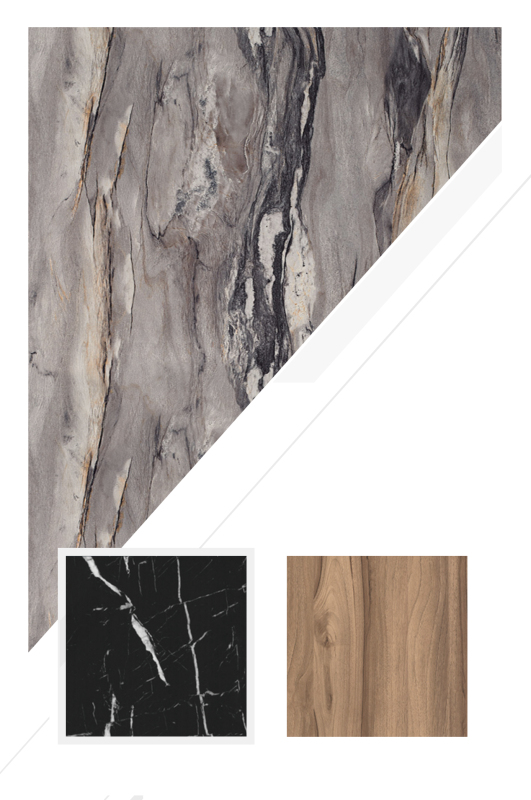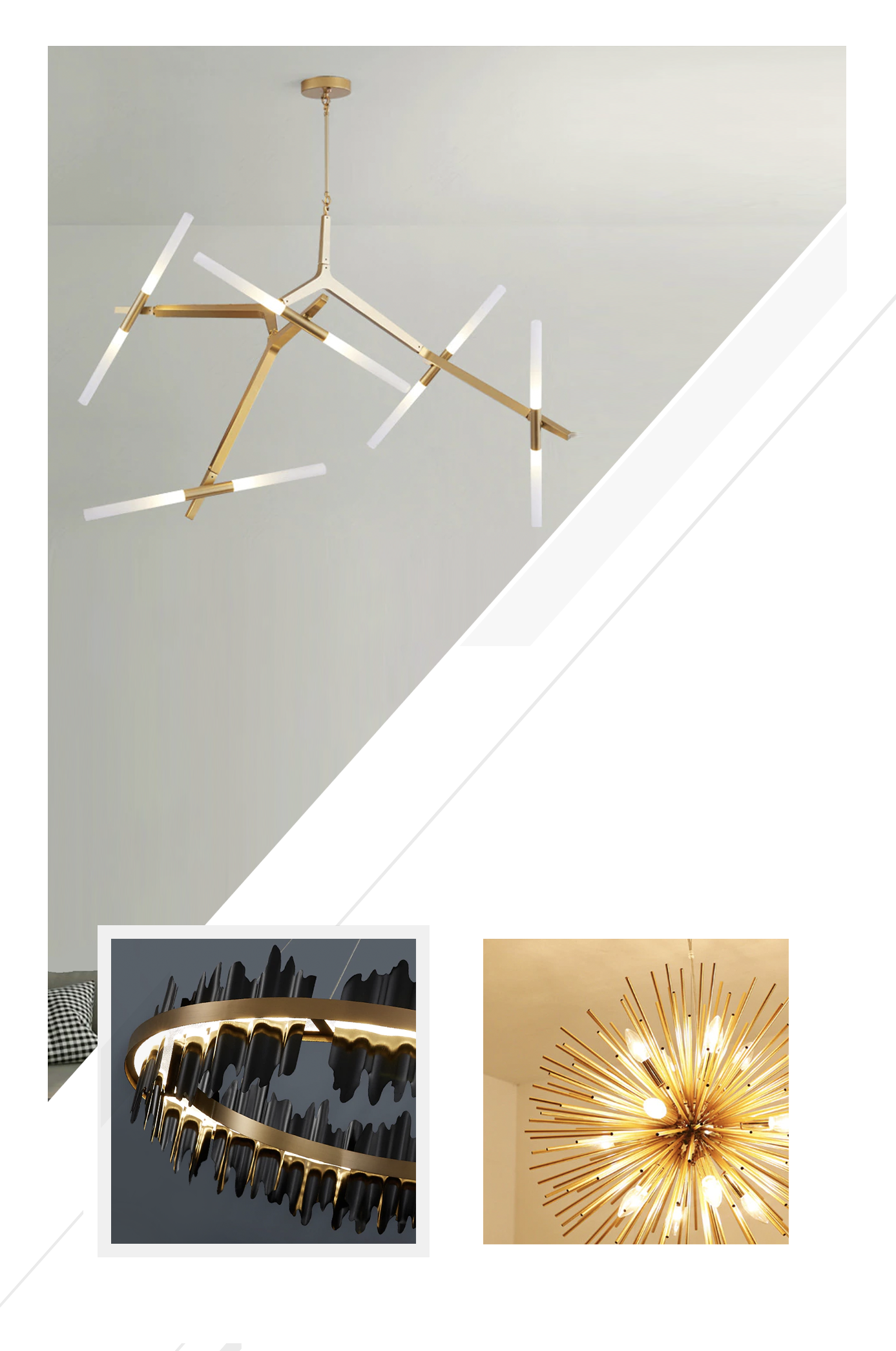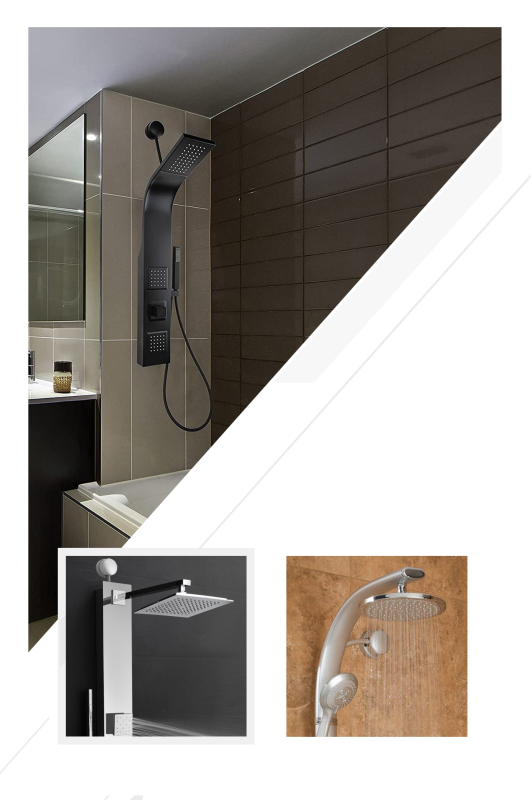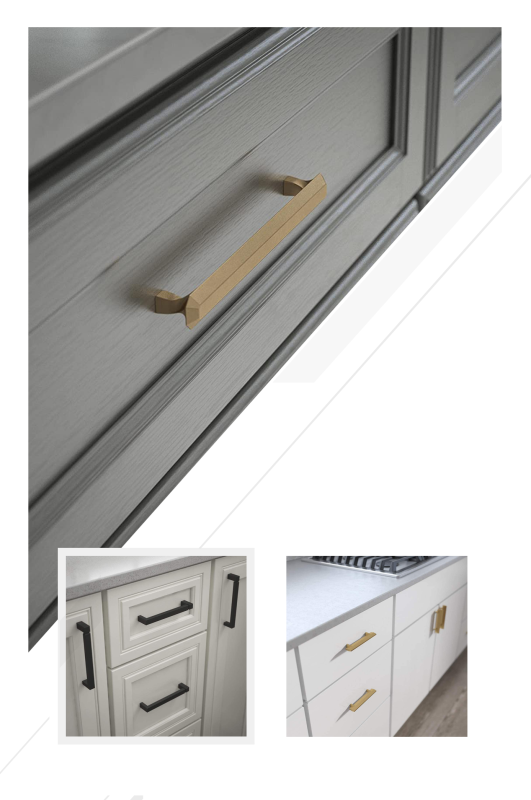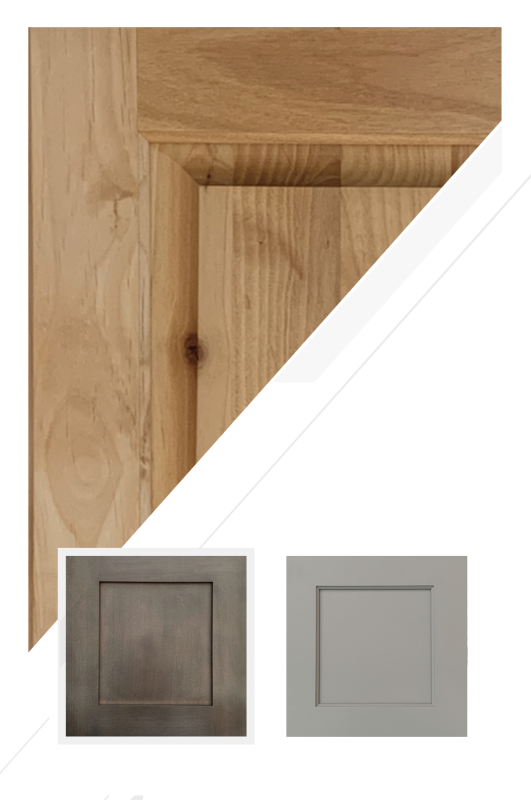Defensible Space by Design: Landscaping, Hardscape, and Utilities that Protect California Rebuilds
By Joy Line Homes California
Great wildfire resilience starts outside the walls. Joy Line Homes treats landscape, hardscape, and utility placement as part of the envelope, not an afterthought. When the ground near the house is mineral, clean, and easy to maintain, the home gains calm during windy weeks and smoky seasons. Families in Los Angeles, Ventura, Santa Rosa, Napa, and Paradise see the same field tested language. Stone at the house, tidy plant bands farther away, and simple water paths that pull leaves and heat away from the shell.
The idea is simple. Make the first steps from the door sweep friendly. Keep fuel away from vents and sills. Give crews and owners a clear path to valves, meters, and filters. When a property feels easy to care for, it stays ready on normal days and on the days that matter most.
The First Five Feet: Mineral, Level, and Clean
The zone closest to the facade decides inspection tone and daily care. We finish this band in pavers, decomposed granite, or stone set on a compacted base. Hose points sit at corners. Downspouts land on splash blocks or tie into drains that move water outward. Planters step off the wall to their own pads. Firewood lives on a distant slab with a cover. The wall breathes. Leaves sweep in minutes. The home looks modern and passes quick checks because edges are simple and honest.
At doors, landings are non combustible and slope gently away from thresholds. Drip edges and sill pans route water out and down. Tracks for sliders drain in the open where a broom can reach. Details read like design while they quietly remove risk.
Stone Ribbons and Service Paths
Side yards often collect clutter. Joy Line installs a gravel or stone ribbon that doubles as a service lane. Filters, valves, and cleanouts face this path so a person can check them without stepping through plants. Meter walls live here or just around the corner where labels are easy to read. A tidy lane keeps debris out of vents and gives inspectors confidence during short visits.
Where two buildings share a lot, the ribbon connects both. Owners can move carts and bins without cutting across soil, and crews can service both addresses on one calm route.
Planting that Looks Lush and Acts Calm
Plants make a home feel alive. They should also respect space. We place low water, deep rooted selections in grouped beds away from the wall. Groundcovers are trimmed to a clean edge. Taller forms live beyond paths and patios where wind exposure is softer. Mulch near buildings is mineral or compacted fines rather than shreddy organics. The result is a yard that looks green in season, rests quietly in heat, and does not push fuel toward the shell.
Shade trees are wonderful when sited with intention. We plant them where canopies cool patios and glass while keeping limbs clear of roofs and lines. Roots respect drains and hardscape. Beauty and care line up rather than argue.
Courtyards that Block Wind and Hold Light
Wind drives embers. Mass calms wind. We love courtyards formed by a home and an ADU or by wings of a plan. Stone underfoot, water directed to a small swale, and shade devices that carry evening comfort. Cooking zones sit away from openings on their own pads. Furniture lifts on simple feet so sweeping takes seconds. Guests feel welcome. The yard reads peaceful. The design serves daily life and also reads as textbook defensible space from the curb.
In neighborhoods, shared courtyard language across a block helps inspectors recognize the pattern and move through approvals with speed and trust.
Fences, Gates, and Returns that Break the Bridge
Wood that touches the facade can carry flame. Our fence returns meet the house in metal or masonry with a small gap. Gates use metal frames with simple latches. Where privacy is needed, panels step back from openings and stop short of eaves. The line looks crisp, provides security, and passes plan check without long notes. Owners gain years of low maintenance because edges are durable and easy to rinse.
Corner lots in Los Angeles and Paradise benefit most from this detail. Narrow lanes and turning cars stay clear of fragile posts, and the wall never becomes a catch for wind blown debris.
Water: Swales, Drains, and Clean Exits
Dry walls resist trouble. We shape ground so water moves outward in an honest path. Swales are shallow, wide, and lined with stone where flows converge. Downspouts tie into solid pipe where grade allows and emerge beyond patios at daylight. Where soils are slow, we use simple basins that can be cleaned by hand. The first storm after move in becomes a test that feels easy, not a surprise that soaks thresholds.
Coastal Ventura sites add corrosion aware hardware at drain outlets. Napa rural parcels pair swales with drive ribbons to keep dust down and gravel in place through harvest traffic.
Outdoor Rooms that Respect the Shell
Patios, decks, and porches are part of the home’s performance. We design them to land off the wall on pads or piers with small gaps that stop moisture and debris from becoming a bridge. Roofed porches use clean, enclosed soffits. Lights sit where insects and dust do not gather against screens. Fans move air without rattles. The space feels designed for morning coffee and also reads safe to a reviewer who wants to see clear edges and honest drainage.
Where views call for large sliders, shade devices keep heat off glass, protect gaskets, and reduce cleaning. Beauty and maintenance shake hands and stay friends.
Utility Walls that Neighbors Admire
Utility walls can look cluttered or look like a smart machine. Joy Line chooses the second path. Meter, main panel, disconnect, future inverter pad, battery location, and a labeled critical loads panel line up in a tidy order. Conduits run short and straight. Clearances are marked on the slab or pavers so bins never creep into service space. Labels are engraved and match the binder. Inspectors sign fast because the wall looks like the drawing. Owners like it because service is simple and safe.
In Santa Rosa neighborhoods, repeating this layout across several homes lets grouped inspections finish in a single window and keeps streets calm during busy weeks.
ADUs as Landscape Anchors
Accessory units help more than schedules. They complete outdoor rooms and shape defensible space. An ADU can sit across from the main home to form a quiet court with stone underfoot, shade overhead, and a grill on a separate pad. Planting slides outward to beds that are easy to water and trim. Kids play between buildings while adults keep sight lines. The same mineral band, the same vent guards, and the same drain paths repeat at a smaller scale so maintenance feels familiar and quick.
Later, the ADU welcomes family or creates income while keeping the property safe and composed through long summers and windy falls.
Driveways, Numbers, and Night Light
Access helps people and protects homes. Driveways use stable surfaces that do not throw gravel at the facade. Turning radii are generous. Reflective address numbers sit at the street and on the building where lights can touch them. Path lights are shielded and low so glare does not blind. Gates open cleanly without dragging across stone. Responders find the address. Guests feel welcome. Inspections move quickly because the site reads as organized and safe.
For hillside Los Angeles streets, we schedule morning deliveries and early inspections so school routes stay open and neighbors feel respected by the project calendar.
Storage, Sheds, and the Space Between
Homes collect gear. We give it a safe address. Sheds live on pads away from openings with clear space on all sides. Trash and recycling sit on a small apron that sweeps clean. Wood piles live on their own slab with a cover. Nothing leans on the wall or blocks vents. The yard looks neat. The shell stays protected. The routine becomes simple and repeatable even when the week is busy.
In coastal blocks, covered inverters and corrosion aware latches on shed doors keep gear clean and easy to service through fog and salt seasons.
Weekly Care in Minutes
Defensible space works when it is easy to keep. We leave a one page list. Sweep the first five feet. Rinse leaf guards. Check vent screens and hose points. Trim plants back from service lanes. Walk fence returns. Look at drain exits after a storm. None of this takes long. Together, these habits protect the envelope, lower stress, and keep the street feeling cared for.
Shared blocks can post the same list on a notice board. Neighbors celebrate clear checks each Friday and the habit becomes a community win, not a chore for one house.
City Notes: One Landscape Language, Five Places
Los Angeles: Hillsides favor stone bands, compact cranes, and morning set windows. Shade devices protect west glass and reduce afternoon heat on patios.
Ventura: Coastal wind asks for coated fasteners, covered inverters, and drains that reach daylight. Salt tolerant plants group in simple beds beyond service lanes.
Santa Rosa: Neighborhood lots thrive with repeating meter walls, slab speed, and shared plant lists. Inspectors recognize the pattern and sign three or four homes in one window.
Napa: Rural parcels pair raised platforms with lighted service doors. Drives receive ribbons that control dust and keep gravel off the facade.
Paradise: Narrow lanes reward metal fence returns, compact gear, and labeled skirts. Stone courts between buildings block wind and keep entries clean after gusty nights.
Stories from Recent Yards
In Los Angeles, a courtyard between a main home and an ADU kept leaves off sills and invited evening dinners all summer. In Ventura, a simple swale and covered inverter made a storm feel uneventful. In Santa Rosa, three neighbors used the same plant list and service ribbon, then passed a grouped inspection in one morning. In Napa, a raised platform with a lighted service door turned winter filter checks into a two minute task. In Paradise, metal fence returns and a stone apron at the drive protected the shell during a windy week and still looked beautiful from the street.
How Joy Line Designs Your Outside Plan
We begin with sun, wind, slope, and water. We draw bands in stone and paths for service. We place valves, meters, and shutoffs where a person can reach them. We pick plants that suit the address and group them where care is simple. We align deck edges and fence returns with a clean break from the wall. Then we print a small map and a weekly care card. Inspectors see order. Owners see a yard that feels like part of the home rather than a project that never ends.
The Joy Line Perspective
Defensible space is not just a rule. It is a way to live with less worry and more comfort. Joy Line Homes designs landscapes, hardscapes, and utility walls that protect the shell, pass review, and welcome daily life. The plan is simple to understand and simple to keep. Stone where it counts. Green where it serves. Labels where hands need them. That is how an address stays safe, modern, and calm through seasons of weather and years of use.
About Joy Line Homes
Joy Line Homes builds modular residences and ADUs with outdoor plans that support fire resilience. Stone bands, clean service lanes, honest drainage, and tidy utility walls create yards that pass review and feel great to live in across California fire regions.
Visit JoyLineHomes.com to request a defensible space layout and plant palette for your address.
We are based in Santa Cruz County ,
California
Tel: (831) 888-Home
Email: info@joylinehomes.com
Business Hours: 9am - 6pm

